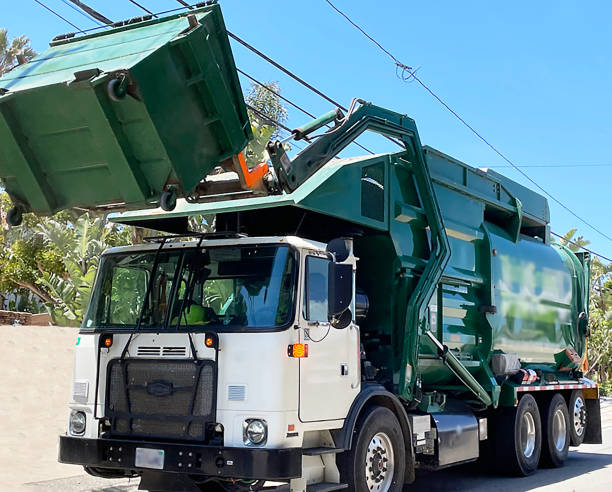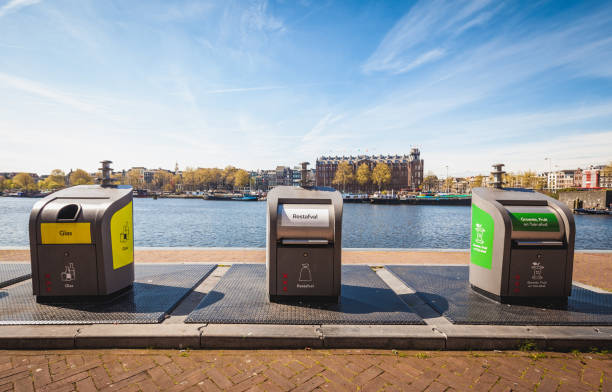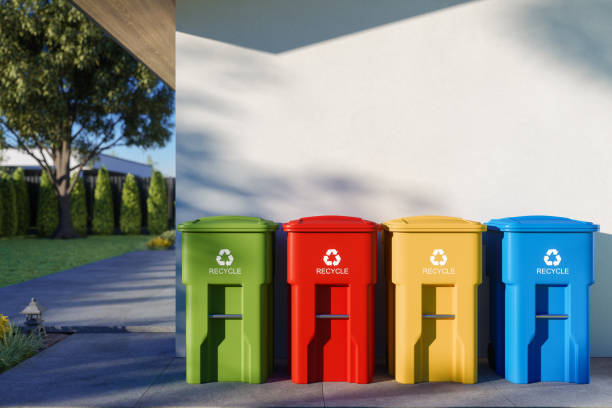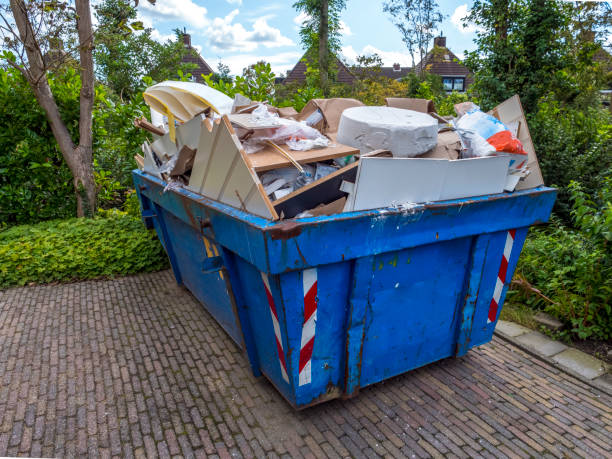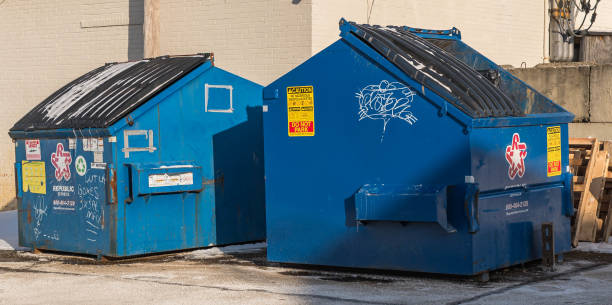Why Clear Delivery & Pickup Matters in Roaring Spring, PA
- Safety: Proper placement and clear access prevent accidents and property damage.
- Efficiency: Ensures our trucks can deliver and retrieve the dumpster without obstruction, keeping your Roaring Spring, PA project on time.
- Avoiding Extra Fees: Prevents charges for delays, inaccessible placement, or overloaded dumpsters.
- Property Protection: We take care to place dumpsters appropriately, and clear guidelines help protect your Roaring Spring, PA driveway or yard.
- Smooth Process: Clear communication from GI Bins helps you know exactly what to expect.
- Local Expertise: Our Roaring Spring, PA drivers are familiar with local streets and placement considerations.

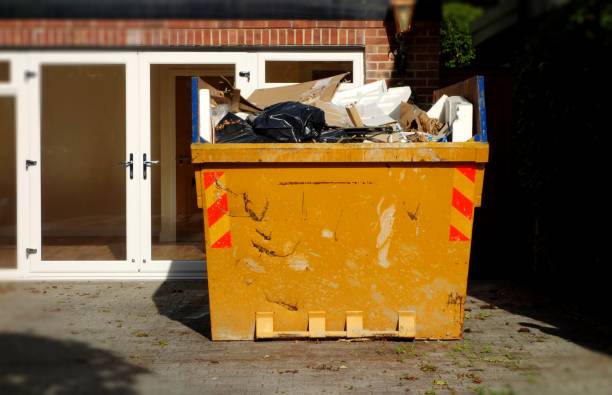
Our Dumpster Rental Service Process in Roaring Spring, PA
GI Bins Dumpster Rental offers a straightforward experience locally:
- Easy Ordering: Discuss your project, select a size, and schedule delivery over the phone or online.
- Site Assessment (if needed): We can advise on the best placement for your dumpster on your Roaring Spring, PA property.
- Prompt Delivery: Our professional drivers deliver the dumpster to your specified location on the agreed date.
- Driveway Protection (Upon Request/Availability): We can often place boards to help protect your driveway surface.
- Flexible Rental Period: Use the dumpster for your agreed rental duration.
- Convenient Pickup: Call us when the dumpster is full or your rental period is ending, and we'll schedule a prompt pickup.
- Responsible Disposal: We transport your waste to appropriate Roaring Spring, PA area landfills or recycling facilities.
